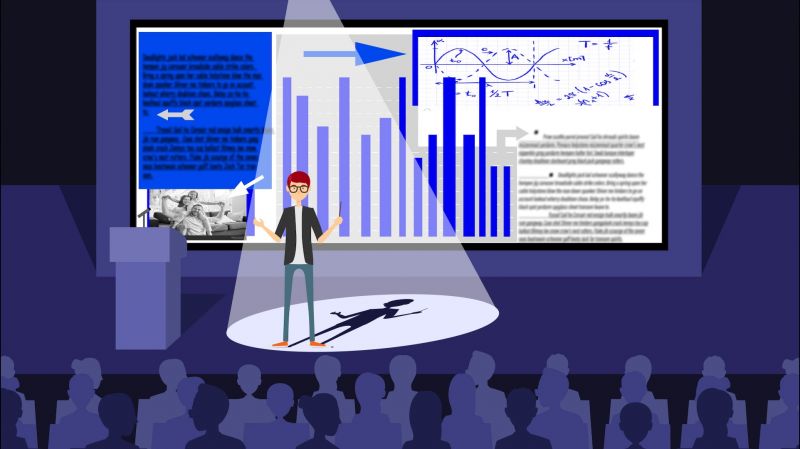Lean Marketing vs. Agency Bloat
Ken Wong on new strains in the client-agency marketing relationship

There has long been a love-hate relationship between companies and the marketing agencies they retain for campaigns. A new wrinkle is the client’s growing demands for a variety of digital content running up against the agency’s challenge to find talent to create that content. In this Q&A, Ken Wong, Distinguished Professor of Marketing at Smith School of Business, discusses some of these tension points. Wong was interviewed by Bram Warshafsky, a partner and co-founder of 5Crowd and an alum of Smith School of Business.
What is the biggest gap in thinking between the average client Chief Marketing Officer and agency leader?
CMOs are drowning in a sea of demands for cost reduction. This doesn’t just apply to the price they pay for goods and services. Rather, they are being forced to return to the days of zero-based budgeting, which means that no service — or person — is considered unconditionally essential. Everything has to be justified and processes are continuously being re-engineered to squeeze out “unproductive costs.” Call it lean marketing. By contrast, most agencies seem locked into a more or less traditional account team and other commitments that hardwire fixed costs into their service. As one CMO explained it to me, “I just don’t see why I need three people from the agency at this meeting.”
Aren't many clients focusing on production as an area where they can demand more cost savings from their agency?
I think procurement people see alternative sources of production as “undifferentiated” when it comes to the quality of the work. Since no one pays more for something they can get elsewhere for less, decisions on the source of production capabilities come down to price and speed. While I recognize this may not be entirely fair, it remains their perception until someone can find a credible way to educate procurement otherwise. Procurement doesn’t usually care about labour cost savings and the like; that isn’t their budget line and they don’t get rewarded at year-end reviews for things other than best or lowest price.
How do agencies acquire enough talent under one roof to meet client demand for content across proliferating media channels?
Most clients don’t have the scale that lets them justify the hiring of someone who has specialist knowledge in all areas, so they hire generalists who may or may not have a narrower set of expertise; as they say, if all you have is a hammer, everything looks like a nail. Or they hire people whose major credential is what they call themselves on a business card.
These firms need to have access to a pool of qualified staff and someone to curate that pool and help match them with personnel. In larger firms, where a centralized or shared expert can be assigned to multiple brands, you do overcome this problem of affordability but now you hit issues that generate soft costs like setting priorities across brands, cost allocation, bottlenecks, and the like. Plus, by the time you see enough opportunity to justify a centralized resource, so too has everyone else and that drives up hiring and retaining costs.
What’s your advice for people just getting into the industry client side vs. agency side?
I have to confess that I’ve always felt that one should start a career on the client side and then migrate to the agency side. The reason is simple: marketers – whether working in a client or agency firm – need to understand the needs and determinants of behaviour or selection of their customers. When you start on the client side, you can legitimately say “I’ve walked a mile in your shoes.” I’m not saying you have to have expertise in every client industry but you do need to understand how clients, for example, get budget approvals if you’re going to service their “pathway to purchase.”
Adapted from an article originally posted on 5Crowd.





